I have been scouring the internet looking for wood for my build. I decided that I needed to give my local wood dealers a shot so I went looking around. As it turns out I was able to take care of the wood for the guitar body. My requirements were a good hunk of Honduran mahogany and a decent piece of maple. Maple is an interesting wood. It can develop a figure in the wood also known as flame. The more figure/flame a top has the more desirable it is. These tops are graded using a system similar to grading the size of a high school using terms like 1A, 2A, 3A, 4A, and 5A. The more "A"s a top has the more it costs. I know the following may make some think I'm nuts but I'm not a huge fan of AAAA maple tops. I think that at times they come off looking garish. Here's an example of a good guitar with a really crazy, highly figured, maple top:
My idea for my first build was to just do a plain top. Plain tops show regular wood grain but do not have any flame. When I got to my local wood emporium I noticed that some of their stock had some figure to it. I decided right then I'd try and split the difference between a plain top and a 5A flame top and get something with some figure. I went over a good bit of lumber and ended up with the following piece of curly maple: (I rubbed some naptha on to bring out the grain)
Here's a better picture of the wood grain. Naptha (main ingredient in lighter fluid) is rubbed on the wood to help bring out the grain. Naptha evaporates quickly and doesn't raise the grain of the wood which causes problems later. This particular grain pattern is called fiddleback and is exactly what is used to make the back of violins. It features a tight flame pattern.
The maple is just shy of two inches thick. It will be resawn (cut in half using a band saw) into two 5/8" boards and then bookmatched.
Here is my hunk of mahogany:
The mahogany will be cut into three pieces and then glued together to make one big blank that is big enough to make into a guitar body.
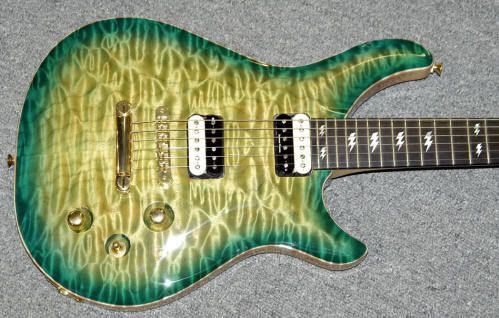
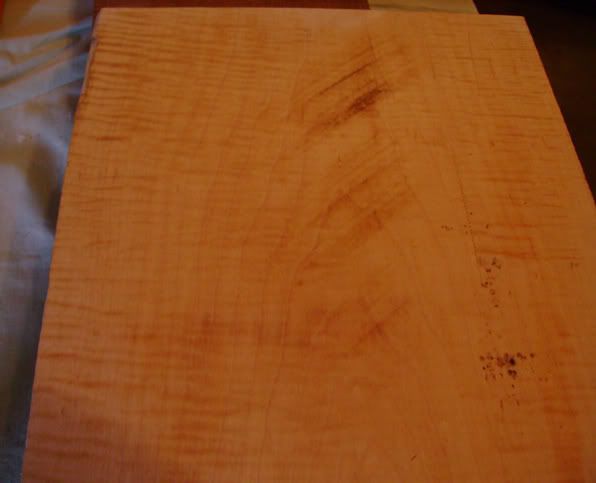

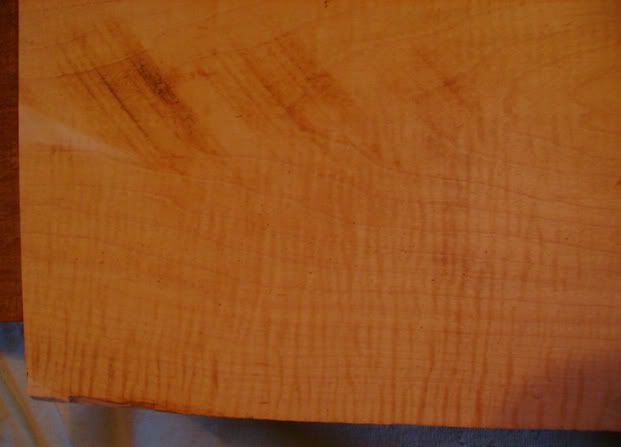
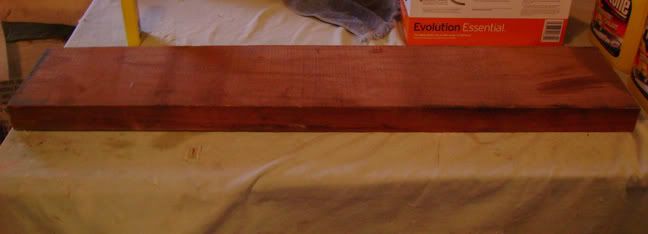
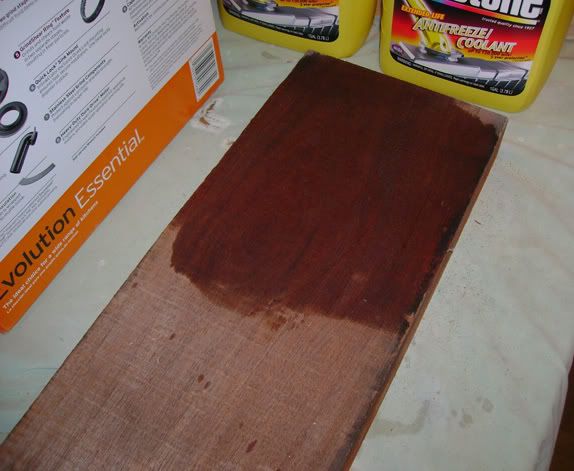
No comments:
Post a Comment